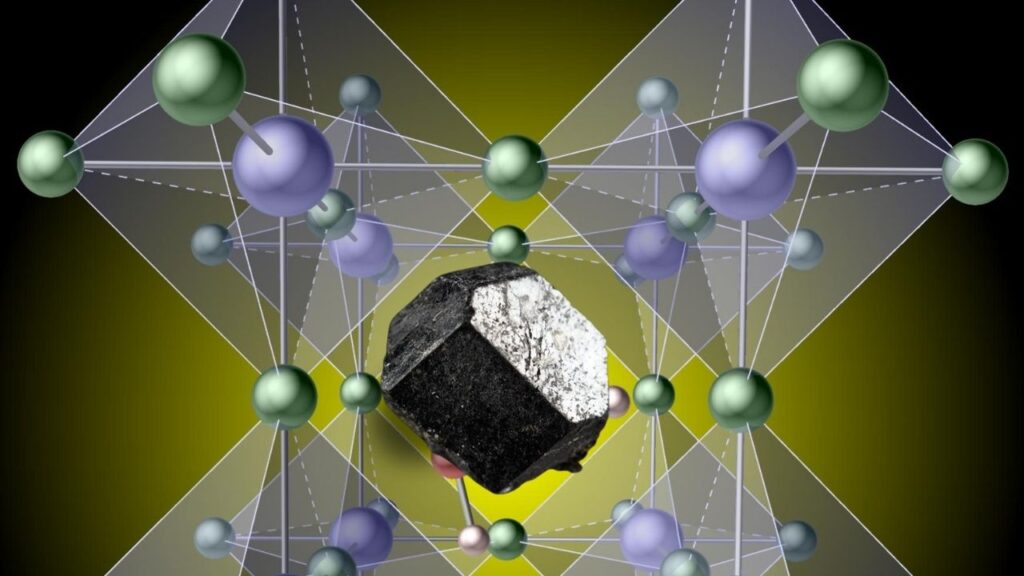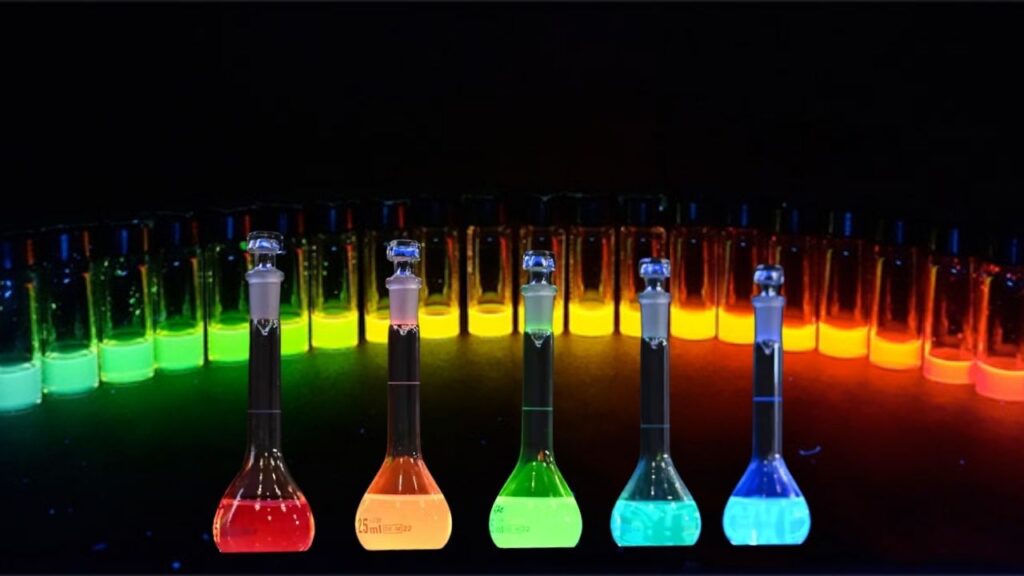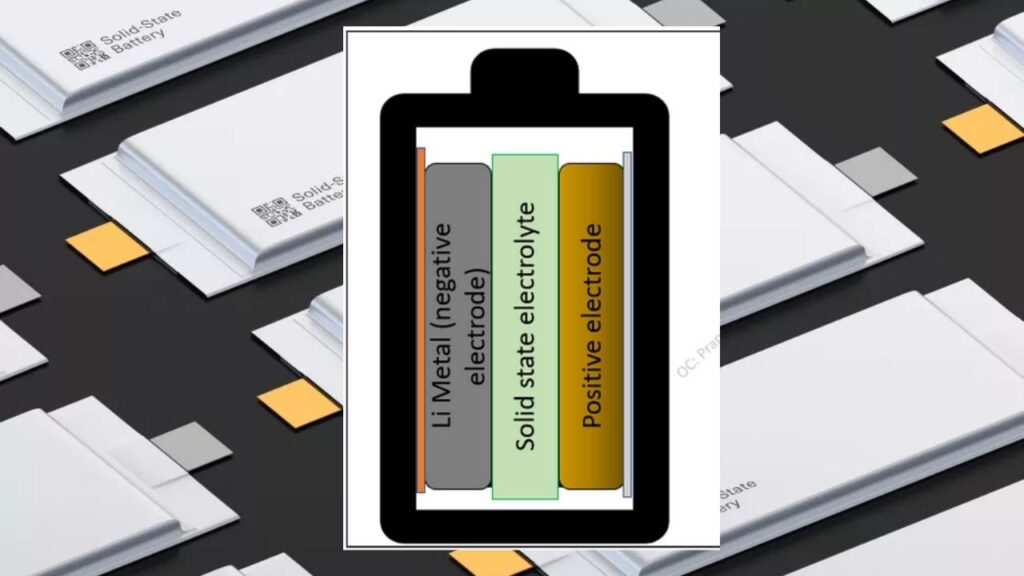10 Emerging Materials Set to Transform Electronics in the Next Decade: The 10 emerging materials set to transform electronics in the next decade are at the heart of a revolution that will change how we live, work, and connect.

As technology advances at lightning speed, the electronics industry is constantly searching for new materials to make devices faster, smaller, more efficient, and environmentally friendly. From smartphones and electric cars to smart homes and medical devices, these materials are shaping our digital future and opening up exciting new possibilities for engineers, students, and everyday users alike.
Table of Contents
10 Emerging Materials Set to Transform Electronics in the Next Decade
| Feature/Fact | Details & Examples |
|---|---|
| Definition | Emerging materials are newly developed or improved substances designed to enhance electronic devices. |
| Top Materials | Gallium Nitride (GaN), Silicon Carbide (SiC), Graphene, 2D Materials, Perovskites, Quantum Dots, Organic Semiconductors, High-k/Low-k Dielectrics, Solid-State Electrolytes, Biodegradable Polymers |
| Market Growth (2025-2035) | Global electronic materials market projected to grow from $59.9B (2025) to $98.6B (2035) |
| Key Applications | Power electronics, flexible displays, quantum computing, renewable energy, wearable devices, medical sensors |
| Career Opportunities | Materials scientist, electronics engineer, R&D specialist, sustainability analyst |
| Official Resource | IEEE Electronics Society |
The next decade will be defined by the 10 emerging materials set to transform electronics, making our devices smarter, greener, and more adaptable than ever before. From graphene and quantum dots to biodegradable polymers, these innovations will touch every part of our lives-from the way we communicate and travel to how we care for our health and the planet. Whether you’re a student, engineer, or business leader, staying informed and prepared for these changes is the key to success in the fast-evolving world of electronics.
What Are Emerging Materials in Electronics?
Emerging materials are new or significantly improved substances engineered to solve the challenges of modern electronics. They help make devices:
- Smaller and lighter
- More powerful and energy-efficient
- Flexible and even wearable
- Safer for people and the planet
These materials are driving innovation in everything from smartphones and electric vehicles to quantum computers and solar panels.
Why Do Emerging Materials Matter?
The electronics industry is growing rapidly, with new trends like AI, IoT, and sustainable tech leading the way. According to industry reports, over 25 billion IoT devices will be connected worldwide by 2025, demanding faster, smarter, and more energy-efficient components. To meet these needs, scientists and engineers are turning to advanced materials that can outperform traditional silicon and plastics.
Emerging materials are also crucial for making electronics more eco-friendly, helping to reduce e-waste and energy consumption. This is especially important as the world focuses on sustainability and reducing the carbon footprint of technology.
Step-by-Step Guide: 10 Emerging Materials Transforming Electronics
1. Gallium Nitride (GaN)

- What it does: Enables ultra-fast, energy-efficient power electronics.
- Where it’s used: Fast chargers, 5G base stations, electric vehicles.
- Why it matters: GaN chips can handle higher voltages and temperatures than silicon, making devices smaller, cooler, and more powerful.
2. Silicon Carbide (SiC)

- What it does: Delivers high power and efficiency for demanding applications.
- Where it’s used: Electric vehicle inverters, solar inverters, industrial motors.
- Why it matters: SiC can operate at higher temperatures and voltages, reducing energy loss and increasing reliability.
3. Graphene

- What it does: Offers incredible strength, flexibility, and electrical conductivity.
- Where it’s used: Flexible displays, batteries, sensors, high-speed transistors.
- Why it matters: Graphene’s unique properties could lead to ultra-fast electronics, bendable screens, and longer-lasting batteries.
4. 2D Materials (Beyond Graphene)

- What it does: Includes materials like molybdenum disulfide (MoS₂) and hexagonal boron nitride (h-BN).
- Where it’s used: Ultra-thin transistors, flexible electronics, photodetectors.
- Why it matters: Enables electronics that are not only smaller but also bendable and transparent.
5. Perovskites

- What it does: Highly efficient at converting light to electricity.
- Where it’s used: Solar cells, LEDs, lasers, photodetectors.
- Why it matters: Perovskite solar cells are cheaper and easier to manufacture than traditional silicon, with rapidly improving efficiency.
6. Quantum Dots

- What it does: Tiny semiconductor particles with unique optical properties.
- Where it’s used: High-end displays (QLED TVs), quantum computing, medical imaging.
- Why it matters: Quantum dots allow for brighter, more vibrant screens and have potential in quantum information technology.
7. Organic Semiconductors

- What it does: Carbon-based materials that can be printed or made into thin, flexible films.
- Where it’s used: OLED displays, flexible circuits, wearable sensors.
- Why it matters: They enable lightweight, flexible, and even biodegradable electronics.
8. High-k and Low-k Dielectrics

- What it does: Special insulators that improve chip performance.
- Where it’s used: Advanced microchips, memory devices.
- Why it matters: Help keep up with Moore’s Law by allowing smaller, faster, and more energy-efficient transistors.
9. Solid-State Electrolytes

- What it does: Replace liquid electrolytes in batteries, making them safer and more powerful.
- Where it’s used: Next-generation batteries for electric vehicles and portable devices.
- Why it matters: Solid-state batteries are less flammable and can store more energy, leading to longer battery life.
10. Biodegradable and Sustainable Polymers

- What it does: Eco-friendly materials that break down safely after use.
- Where it’s used: Disposable electronics, medical implants, packaging.
- Why it matters: Reduces electronic waste and supports a circular economy.
Real-World Examples: How These Materials Are Already Changing Electronics
- Fast phone chargers now use GaN chips, making them smaller and more efficient than ever.
- Electric cars powered by SiC inverters can travel farther on a single charge.
- Foldable smartphones and TVs use flexible graphene and organic semiconductors for stunning, bendable displays.
- Solar panels made with perovskites are breaking efficiency records and could soon make clean energy even more affordable.
- Wearable health monitors use organic materials to create comfortable, flexible sensors that track your health in real time.
Practical Advice: How to Prepare for the Future of Electronics
For Students and Beginners:
- Explore science kits and online courses about materials science and electronics.
- Try simple experiments with flexible circuits or solar cells.
- Stay curious and keep up with news from trusted sources like IEEE and Nature Electronics.
For Professionals and Engineers:
- Invest in R&D to explore how these materials can improve your products.
- Attend industry conferences and network with materials scientists and startups.
- Consider sustainability and recyclability when designing new devices.
For Businesses and Investors:
- Watch for startups working with these materials-they often lead the way in innovation.
- Focus on products that solve real-world problems, like energy efficiency or e-waste reduction.
- Partner with universities and research labs to stay ahead of the curve.
FAQs About 10 Emerging Materials Set to Transform Electronics in the Next Decade
Q1: Why are new materials so important for electronics?
New materials help make devices faster, smaller, and more energy-efficient, while also enabling new features like flexibility and sustainability.
Q2: Which material is most likely to replace silicon in chips?
Materials like GaN, SiC, and 2D materials are promising for specific uses, but silicon will likely remain dominant for mainstream chips for the near future.
Q3: What are biodegradable electronics?
These are devices made from materials that safely break down after use, helping to reduce electronic waste and pollution.
Q4: How do these materials impact consumer electronics?
Expect thinner, lighter, more flexible, and longer-lasting devices, as well as new features like foldable screens and ultra-fast charging.
Q5: Are these materials available now?
Some, like GaN and SiC, are already used in commercial products. Others, like advanced 2D materials and solid-state batteries, are still in development or early commercialization.



















